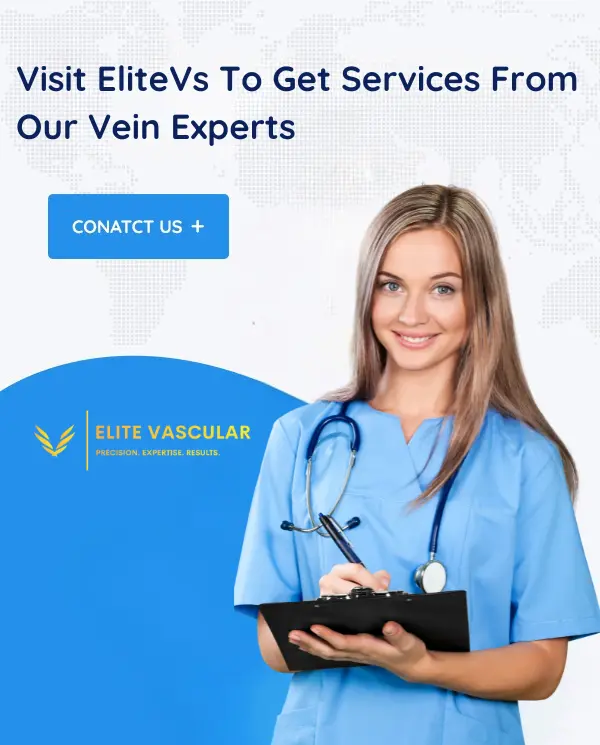
Leg Swelling Overview
Vein valves prevent blood from backing up. Damaged or weak vein valves cause varicose veins. Varicose veins may hurt mildly or severely. Edema, heaviness, and leg fatigue are symptoms. Swelling may be ankle-specific or knee-to-foot. To avoid pain and suffering, treat swollen legs. These four therapies are arranged from least to most invasive.
Mild leg swelling is typically harmless. Causes of swollen legs during pregnancy include hormone changes and fluid accumulation. However, regular leg swelling may indicate venous insufficiency and need further investigation.
Swelling makes patients self-conscious, so they may cover their legs. Simple lifestyle adjustments, home remedies, and medical treatments may relieve the pain and let you show off your legs again. Varicose veins are caused by venous insufficiency, which causes swelling. Tiny valves in leg veins return blood to the heart. Blood flows backward and pools in the vein as valves weaken.
Slow-healing skin ulcers may result from excessive edema. Skin requires nutrient-rich blood to repair and fight infection. Blood in the veins blocks circulation, depriving your skin the nutrients it needs to fight infections and restore it. A vein expert should monitor skin changes surrounding a varicose vein to avoid infection.
Leg swelling symptoms
- Breathing difficulties
- Leg pain and distress
- Numbnеѕѕ
- Legs that are red and itchy
- Rupture of the skin
- Rash
Leg swelling treatment: Lifestyle Changes
The use of a conservative treatment strategy for managing swollen legs is associated with lifestyle modifications that contribute to the enhancement of one’s overall quality of life. There are certain actions that may be undertaken to aid in the treatment of one’s symptoms:
- Lose your weight, when you shed pounds it help you ease the strain on your veins, which in turn slows the development of new varicose veins.
- Exercising improves blood flow and builds muscle. When the calf muscles flex, blood is pumped into the veins of the legs.
- Do not engage in prolonged standing or sitting.
- Never put your legs crossed.
- Elevate your legs above your heart. This will help relieve redness and swelling and feel great.
- Always try Wear loose clothing because tight clothing around the waist, thighs, and legs restricts blood flow.
Treatments for Swollen Legs with Minimal Invasiveness
When varicose vein swelling and other symptoms damage your quality of life, see a doctor. Varicose veins are the problem, therefore fix them. You may leave the doctor’s office with little recuperation time after minimally invasive procedures. Two varicose vein treatments:
Sclerotherapy: It hardens and absorbs veins by injecting a solution. Healthy veins maintain circulation after the veins diminish in a few weeks. Sclerotherapy for veins may need many treatments.
Endovenous Ablation: It is ultrasound-guided. The vein walls are heated by a tiny catheter utilizing radiofrequency radiation. The body absorbs the veins when heat closes them. The treatment is less intrusive and has fewer consequences than standard surgery.
Surgical Treatments for Swollen Legs
If severe, varicose vein surgery may be needed. Two basic surgical procedures exist:
Vein Ligation and Stripping: The vein is tied up with tiny incisions before surgery. For optimal circulation, blood goes to deep veins. Surgical success is excellent under anesthesia. It may take one to four weeks to feel normal again.
Varicose Vein Excision: Varicose veins in the legs are treatable with surgery. The vein is withdrawn through puncture with a very little needle, and no sutures are required. While using compression stockings, most people have little trouble recuperating.
